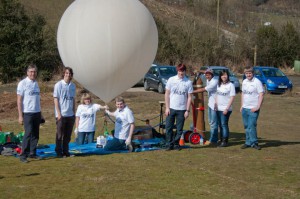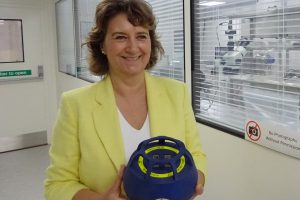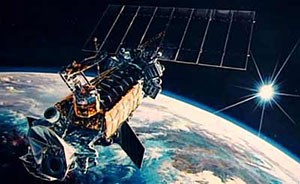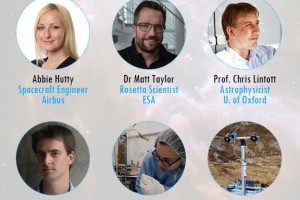The WUSAT 2 project (Warwick University Satellite Team) will help analyse Earth’s atmosphere and involves a CubeSat that is 0.1m wide and weighs less than 1.33kg.
The project is being sponsored by RS Components, which has donated equipment and products to help in the development. For example, ‘Easy’ radio modules in the satellite’s radio transmission system, and electronic components used for prototyping.
The satellite is due to launch on the REXUS rocket from Sweden on 17 March. Travelling to an altitude of 100km, a light-spectrometer free falling probe will be released to descend back to Earth to monitor and record the light frequencies of elements to help create a density map of element types against differing altitude levels.
You can follow the progress of WUSAT at www.warwick.ac.uk/cubesat
“This is the ninth year of operation for our satellite team,” said Dr William. E. Crofts, Director of Warwick Satellite Programme at Warwick University. “We began with no knowledge of satellite technology and no laboratory to work in. However, through dogged persistence we have kept the team going through six years of designing the electrical power sub-system for ESA’s moon orbiting satellite (ESMO), and now three years of designing/building our own satellites.”
“Throughout this period the students I have worked with have been excellent, the companies who have worked with us have been generous and most helpful, and as a result I am very proud to have reached this momentous achievement of our first rocket-based launch. I now feel that we have enough critical mass in our team, including our sponsors, to further develop this project and establish Warwick University as a recognised centre of satellite engineering technology.”
Fifteen students of different engineering specialisms have worked on WUSAT 2 over the last two years, forming a multi-disciplinary team (a mix of mechanical, electronic, systems and manufacturing engineers).
“Projects such as this one are incredibly worthwhile in helping to develop centres of excellence to ensure that the future of engineering in the UK is invested in, for the benefit of countless sectors,” said RS spokesperson Tracey Taylor. “We wish WUSAT 2 all the best in its mission.”
In a bilateral agency agreement between the German Aerospace Center (DLR) and the Swedish National Space Board (SNSB), the REXUS programme was created, and the WUSAT was selected to be given payload space on the rocket under this programme back in 2013.
See also: TOPCAT launches with UKube-1 to measure space weather conditions
 Electronics Weekly
Electronics Weekly



